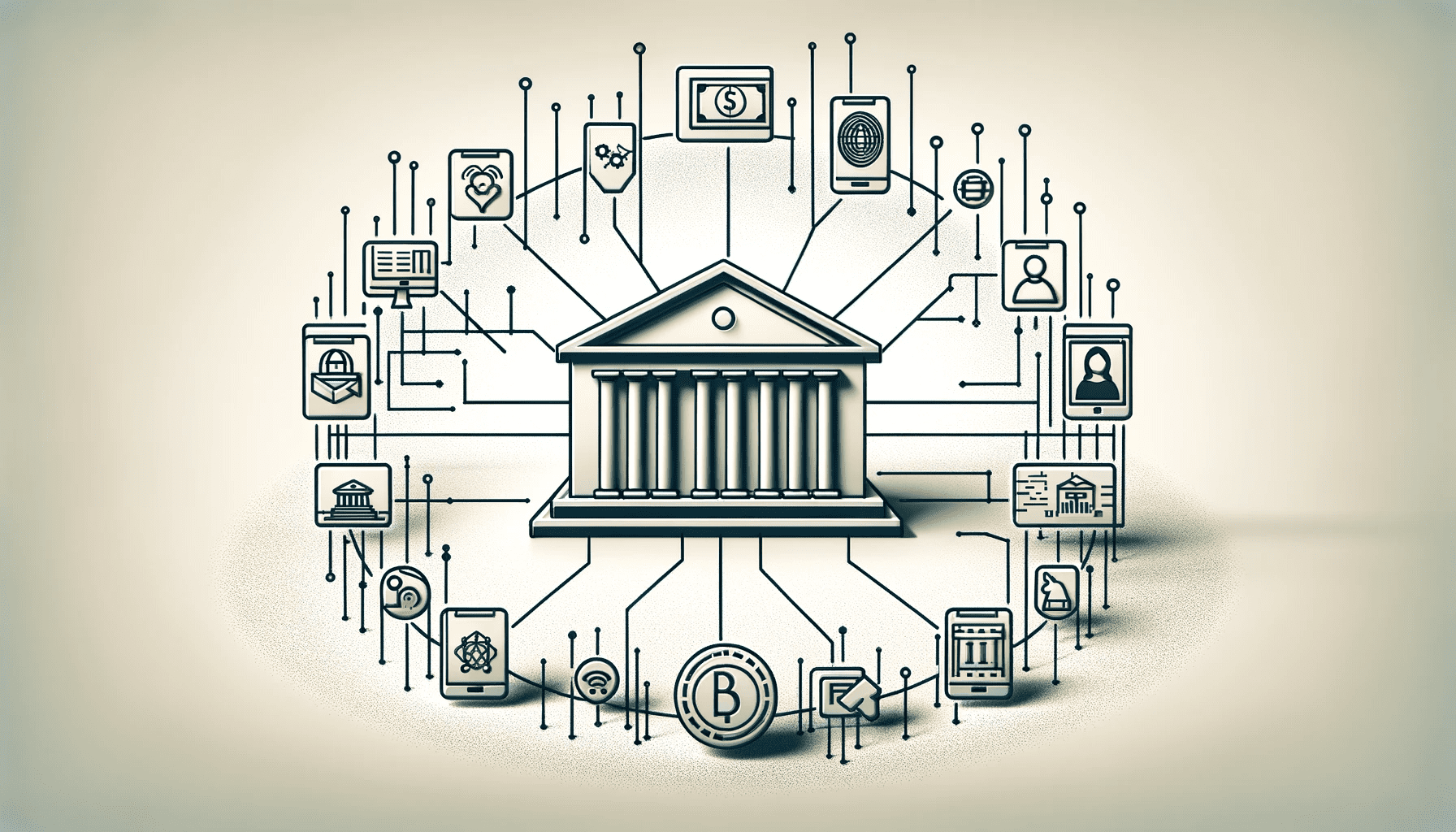5 examples of the adoption of digital banking solutions”
Financial institutions have embraced digital banking solutions in an effort to enhance the customer experience, streamline operations, and cut costs. Some examples of widely used digital banking services include:
Mobile Banking Apps:
Checking account balances, making transfers, paying bills, depositing checks, and managing cards are all made much more convenient by the mobile apps that many banks have developed for their customers. Customers’ reliance on mobile banking apps has grown as they provide a convenient and secure way to handle routine banking transactions.
Opening a Bank Account Online:
In order to streamline the account opening procedure, financial institutions have turned to digital solutions. Customers can now open accounts online via video calls or biometric authentication, with the submission of electronic versions of required documents. This makes things easier on both the bank and the customer, who no longer need to make a trip to the branch.
Mobile payments and digital wallets:
Digital wallets and mobile payment solutions have been released by banks and fintech firms, enabling customers to store cards, make contactless payments, and send money to others using only their smartphones. Apple Pay, Google Pay, Samsung Pay, and some bank-issued wallets are all examples. Customers can make purchases quickly and safely without having to carry around physical cards thanks to these solutions.
Robo-Advisors:
Robo-advisors are being used by banks and other financial institutions to automate the investment advisory process. Robo-advisors use AI and algorithms to evaluate a client’s financial situation, risk tolerance, and investment preferences before recommending a portfolio. This provides an accessible and low-cost alternative to conventional asset management.
Chatbots and AI-based Customer Support:
To better respond to customer inquiries and resolve issues, financial institutions have adopted chatbots and AI-powered customer support systems. These digital assistants can help with routine tasks, such as answering questions and making purchases, as well as offering customized financial guidance. The use of AI allows financial institutions to improve customer service while decreasing the amount of work required of human employees.
Biometric Authentication:
Biometric authentication methods, such as fingerprint or facial recognition, are being implemented by some financial institutions to increase safety and simplify the login process for online banking. Passwords and PINs are becoming less necessary thanks to biometric authentication, which improves security and usability.
What are the types of digital banking channels?
Customers can access and manage their financial accounts and services via digital banking channels. These channels have improved customer and bank efficiency over time. Key digital banking channels include:
Online Banking: Online banking, also known as internet banking, lets customers use their computers or tablets to access their bank accounts and make transactions. Online banking offers account management, funds transfer, bill payment, loan applications, and financial statements.
Mobile Banking: Smartphone and tablet apps are used for mobile banking. Mobile banking apps are similar to online banking but designed for smaller screens and touch interfaces. Some mobile banking apps offer mobile check deposits, mobile wallets, and location-based services.
ATM (Automated Teller Machine): ATMs allow customers to use debit or credit cards to withdraw, deposit, check balances, and transfer funds. Modern banking relies on ATMs, which give customers 24/7 account access.
Interactive Voice Response (IVR): IVR systems provide phone banking services using automated phone menus and voice recognition. Customers can check account balances, transfer funds, and pay bills using touch-tone or voice commands in the IVR menu.
SMS Banking: SMS banking lets customers receive account information via text message. SMS commands can be used to check account balances, transaction histories, and alerts.








